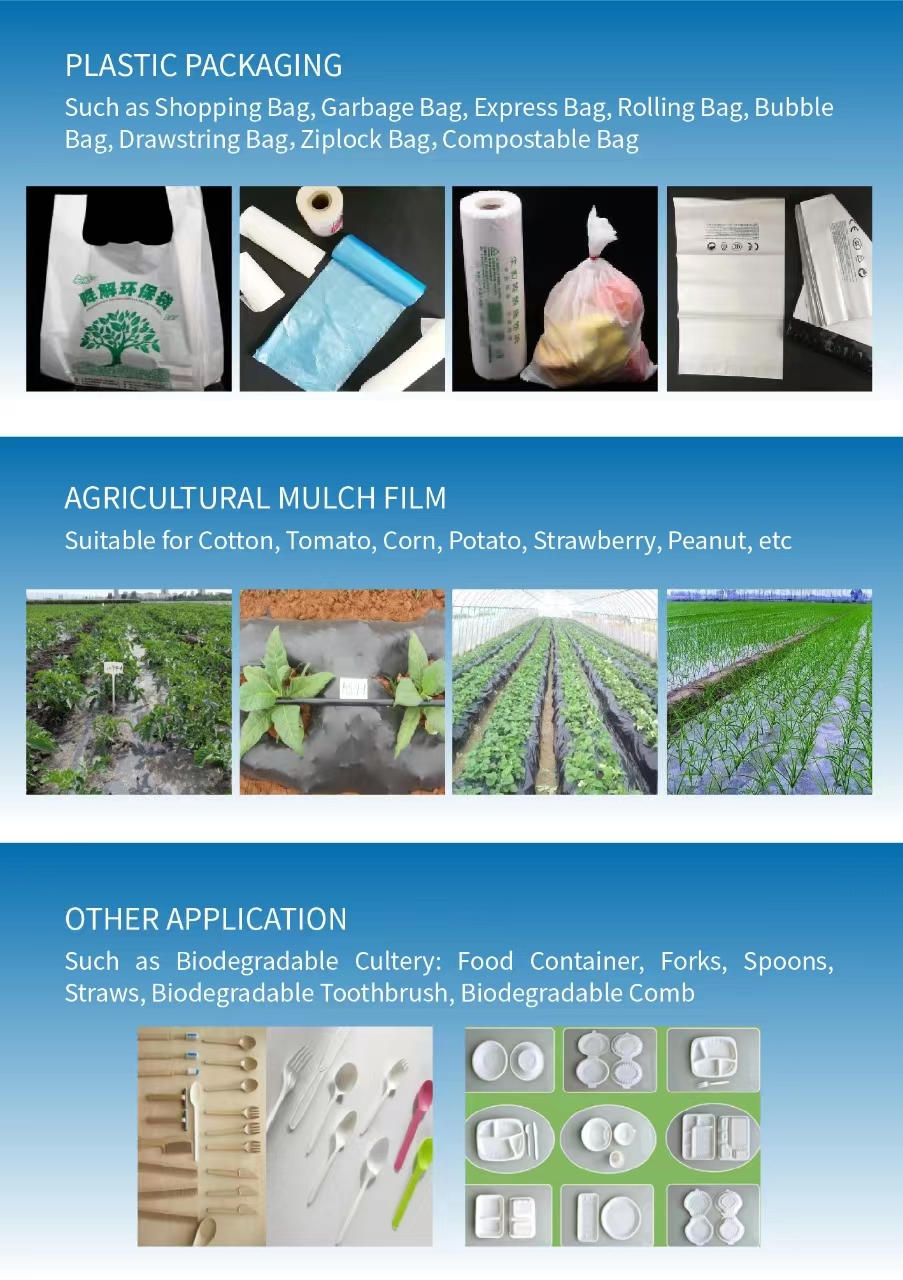Nov 13,2023 by DAWN
what is pbat plastic?
Plastic products are everywhere in every corner of our lives. However, the negative impact of traditional plastics on the environment is becoming increasingly apparent, prompting scientists to look for more environmentally friendly, degradable alternatives. PBAT plastic came into being under this background. It not only has the practicality of traditional plastics, but also has significant advantages in environmental protection. Next, we’ll take a deeper look at PBAT plastic to understand its definition, manufacturing process, and role in sustainability.
What is PBAT Plastic?
PBAT is a bio-based plastic, its full name is polybutylene Adipate-co-Terephthalate. This plastic is made from renewable resources through a specific chemical process. Unlike traditional plastics, PBAT has good degradability and can quickly decompose into harmless substances under certain environmental conditions. Traditional plastics usually take hundreds of years to degrade, while PBAT can completely decompose in a relatively short period of time under appropriate conditions, reducing the burden on the environment.
Manufacturing Process of PBAT Plastic
Typically, the manufacturing process of PBAT mainly involves the polymerization reaction of polysuccinic acid, butylene glycol and terephthalic acid. Compared with the traditional plastic manufacturing process, this production method is more environmentally friendly and reduces dependence on non-renewable resources.
Real-world Applications of PBAT
Dawn Group has completed the construction of a 60,000-ton/year plant, and successfully tested it in March 2023. The products are exported to Italy, Germany, the Netherlands, India, Vietnam, Australia, South Korea, Central America and other countries and regions, and the product quality has been recognized by customers.
Dawn Group's degradable plastic PBAT has applied for and accepted 9 national invention patents, and has obtained degradable certification and food contact certification issued by international authoritative organizations such as EU DIN CERTCO, US BPI, and Australian ABA.
It is mainly used in the production of disposable plastic bags, plastic tableware, express packaging, agricultural mulch film, medical supplies, agriculture, forestry, animal husbandry and fishery, etc. It is one of the best fully biodegradable materials currently in the market.

Future Prospects of PBAT
Looking to the future, PBAT plastic is expected to become an important alternative to traditional plastics. As environmental awareness increases, the demand for degradable plastics will continue to grow, driving PBAT's market share to gradually expand. This opens up new possibilities for the development of the environmental protection industry.
Conclusion
By in-depth understanding of PBAT plastic, it is not difficult to discover its importance in sustainable development. As an environmentally friendly plastic, PBAT is not only expected to change the negative impact of traditional plastics on the environment, but also provides new possibilities for achieving green and sustainable development. When choosing daily necessities and packaging materials, we can consider the use of PBAT plastic more rationally and contribute to jointly building a more environmentally friendly future.
